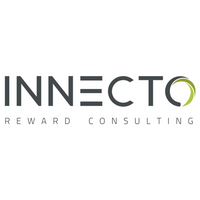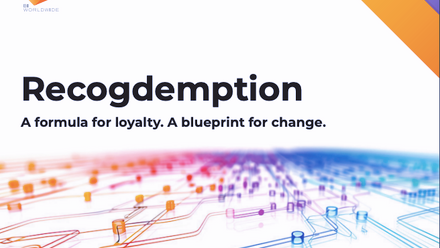Job architecture maintenance - top tips to keep them current
In today’s dynamic business environment, the way organisations design and manage roles is evolving fast. In many sectors, traditional hierarchy-based models are giving way to more flexible, agile frameworks that reflect the realities of modern workforces and life.
Done well, a job architecture provides clarity for both the organisation and its people: it explains how roles fit together, supports consistent reward practices, and underpins decisions on pay, progression, and career pathways. But the landscape is changing.
Market pressures, technology advances and a sharper focus on skills are all forcing a rethink. If you are thinking about refreshing your existing structures, here are five top tips for updating job architectures:
1. Gain clarity with job families
Grouping roles into job families is one of the most effective ways to simplify structures and create agility. By separating out business-critical or in-demand roles, you can flex pay strategies without inflating ranges across the board. For example, technical or digital roles may need market premiums, while other functions remain aligned to median benchmarks.
Top tip: Too many families create complexity, while not having enough will fail to reflect real differences in the market. You need to strike a balance that enables your reward strategy, not hinders it.
2. Get job levelling right
One of the biggest challenges in job architecture is deciding how many levels to include. Too few, and progression feels blocked. Too many and you’ll pave the way for status cultures. A robust job evaluation methodology provides a transparent and defensible way to distinguish between roles.
- Take inventory: assess your jobs, titles, responsibilities, and reporting lines
- Group roles: create logical clusters of similar work
- Define job levels: establish a consistent set of levels across the company
- Write role summaries: focus on responsibilities, scope, and qualifications
Top tip: Employees need to understand what differentiates one level from another, so make sure each level has a clear description of the value it brings.
3. Consider shifting the focus from jobs to skills
AI and digital transformation are reshaping work, making some roles redundant, reinvigorating the importance of others, and creating others from scratch, many of which we don’t even know about yet.
To cater for this, many organisations are moving from role-based to skills-based approaches, putting more of an emphasis on the skills that enable progression and mobility, rather than the name of the job itself. Skills-based frameworks give employees more control over their careers and support both vertical and lateral movement.
Top tip: Try to build a ‘skills marketplace’ mindset where employees are encouraged to identify, develop, and showcase their skills, creating more flexible career journeys.
4. Connect job architecture with career pathways
Retention is no longer about holding people down and in place, it’s about enabling them to explore options, grow and thrive.
Employees want visibility of the opportunities available to them, autonomy to explore what they might be, and clarity on the skills needed to progress. It may seem onerous upfront, but investing in career pathways pays off: internal movers are more likely to stay and companies keep valuable IP and knowledge in-house.
Top tip: enabling employees to visualise potential careers through visible career maps helps give them actual line of sight between roles, pathways and progression.
5. Leverage new technology
Making all of this possible can’t just be about frameworks and theory, it must be about the tools that can make it all possible and tangible.
Platforms like Evaluate can streamline job evaluation, and emerging solutions like Innecto Pathfinder go further by giving employees a digital interface to visualise their career path and take ownership of their upskilling and progression.
Top tip: Tech cannot be an add-on. Choose solutions that can integrate with your current or aspirational architecture and reward strategy.
Updating your job architecture may seem daunting but it is a crucial opportunity to realign your people with your business reality. If you go about it in the right way, it can infuse your organisation with a sense of fairness, transparency and agility, while bringing the clarity you need to lead and the flexibility to grow your business in a changing landscape.
Supplied by REBA Associate Member, Innecto Reward Consulting
The UK’s largest independent pay and reward consultancy, transforming pay into performance.








